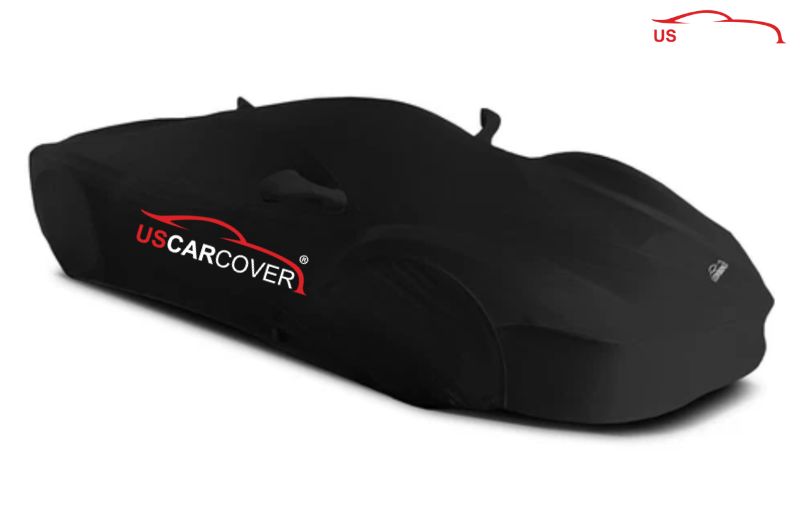
When you and I fall for an Avanti, it is never just the silhouette. It is the deep, liquid gloss across the fiberglass panels and the mirror bright chrome that turns a casual walk in the garage into a small event. Then real life steps in. After a few days parked outside, a gray film of fine dust softens the reflections. In coastal neighborhoods, that film mixes with salty haze and dries into tiny crystals around trim and panel edges. A quick dry wipe is tempting, but every pass risks hairline swirls that slowly flatten the shine. This article takes you past generic advice and into the specific problem that causes so much cosmetic wear on Avanti bodies: static charge that attracts and holds dust. I will show you why an anti static lining matters, how to spec a cover that actually works in windy and coastal climates, how to use it so the benefits are real, and what to buy if you want reliable results without overpaying.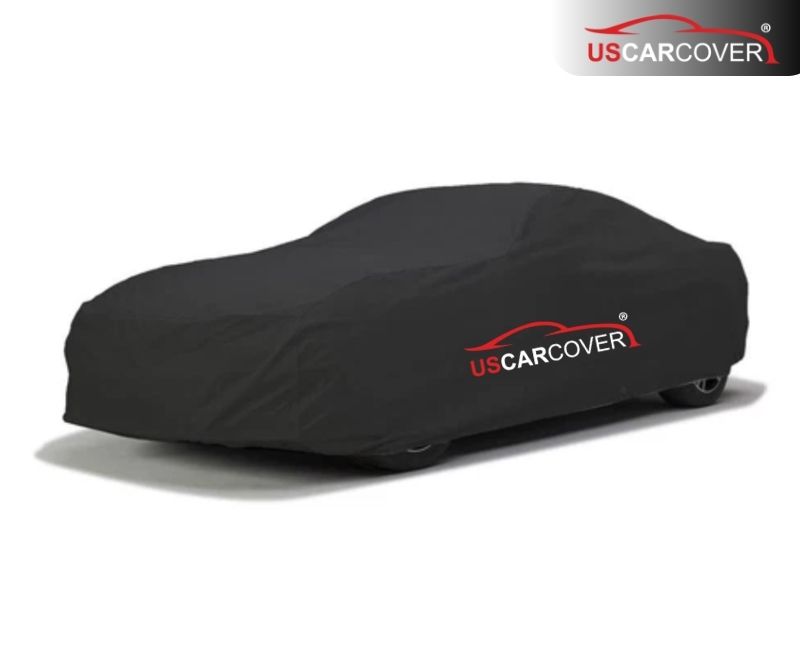
Related Articles: Austin-Healey Car Cover: Lightweight, UV resistant and durable
A quick intro to Avanti and its finish
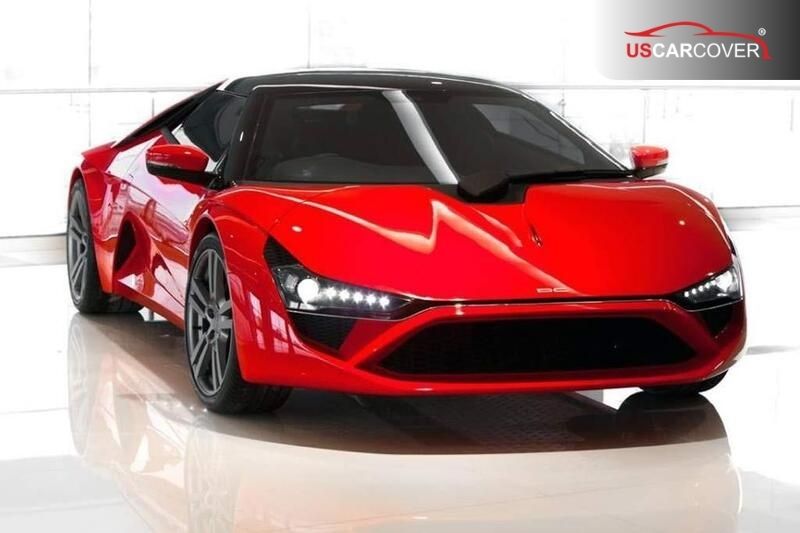
Before we compare covers, it helps to understand what we are protecting. Many Avanti models and Avanti II cars use fiberglass composite bodywork finished in gelcoat and paint systems that look fantastic when polished. Fiberglass is a strong electrical insulator, which means it tends to hold a surface charge once it is rubbed or peeled against a fabric. That static attracts airborne particles and keeps them stuck even when a breeze passes. At the same time, Avanti brightwork and window surrounds are plated in nickel and chrome that show haze quickly if salt sits and dries. The combination is beautiful when clean and unforgiving when it is not. Knowing these material quirks will guide the choices you make for the lining, outer shell, and daily habits.
Related Articles: Austin Car Cover - A U.S climate checklist what to use
The environmental picture: dusty wind and coastal air
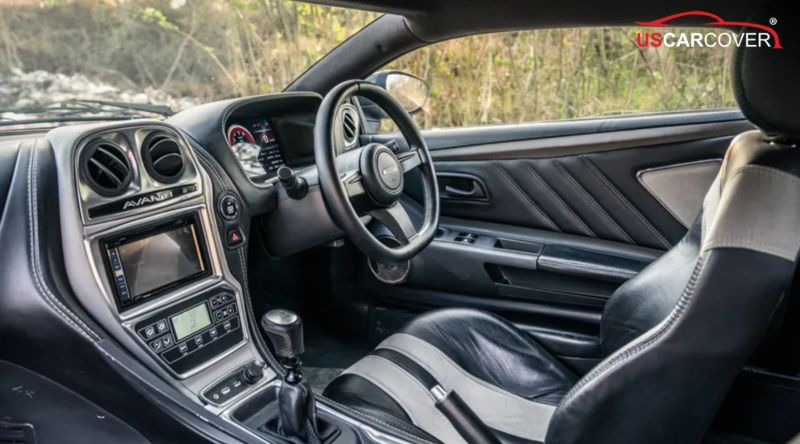
Dusty inland areas and neighborhoods near the coast challenge any glossy finish in different but related ways. Inland winds carry fine silica and mineral dust in the 2 to 20 micron range that behaves like flour. Those particles acquire a charge in the air and cling tightly to any charged surface. Coastal air adds sea spray and high humidity. As droplets dry, chloride salts crystallize at panel seams, on chrome edges, and in weatherstrip corners. Leave that mix for a few sunny afternoons and you are not just dealing with grime. You are dealing with abrasive grit plus salts that can cloud chrome and encourage under seal corrosion. A good cover helps, but the lining that touches the paint is the difference between slowing the problem and making it worse.
Related Articles: BMW Car Cover Why a car in the garage still deteriorates and how to stop it at the source
How static makes dust stick faster
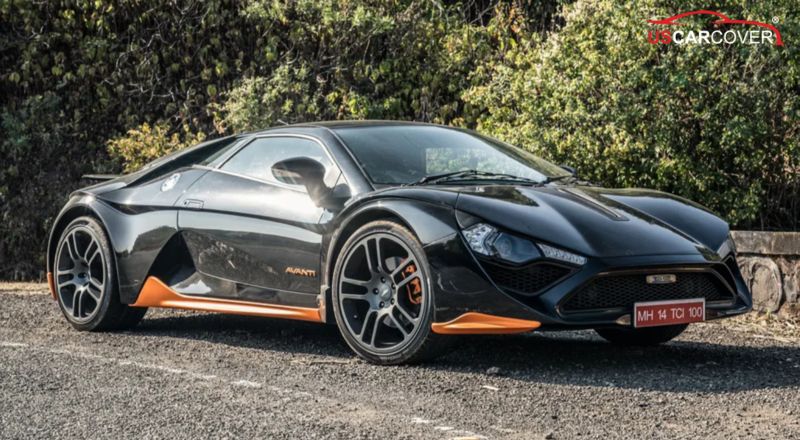
Static is a surface charge created when two materials contact and separate. Slide a typical polyester lining across cured clearcoat and the triboelectric effect leaves the paint slightly charged. Charged paint acts like a magnet for fine dust, pollen, and salty aerosols. That static held dust does not blow off easily, and if you dry wipe it, those particles can score tiny rings and arcs that accumulate into visible haze over time. Humidity moderates static a little, but not enough in real world conditions. The practical takeaway is simple. Reduce the static charge on the paint and dust sticks more slowly, which means fewer wipes and a deeper shine that lasts longer between washes.
Related Articles: Auburn Car Cover 7 things 90% of owners overlook
What an anti static lining is and how it differs
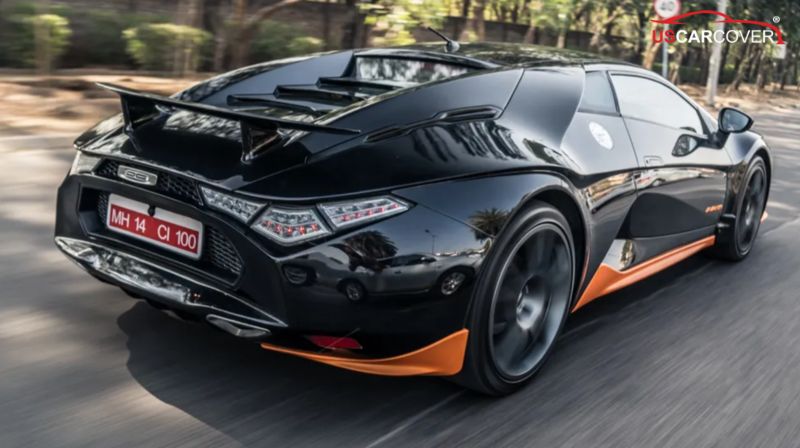
Think of the lining as the shirt your car wears against its skin. An anti static lining is engineered to bleed off surface charge and minimize friction against the paint. There are two common approaches:
- Conductive or dissipative fibers woven into a soft microfiber knit. These may include carbon core filaments or conductive polymer threads dispersed through the fabric.
- A durable anti static finish applied to a very smooth, tightly knit lining that keeps surface resistivity in a dissipative range.
What you should look for in practice:
- An ultra smooth face that glides without grab. Rub it lightly on a clean CD or acrylic plate. It should not squeak or catch.
- Breathability so trapped humidity can escape. A lining should not feel rubbery or plasticized.
- Wash durability. The anti static effect should survive gentle washing, not disappear after the first clean.
Compared with ordinary linings that act like fleece or coarse polyester, a proper anti static lining charges far less during on and off cycles and gives fine dust fewer reasons to stick.
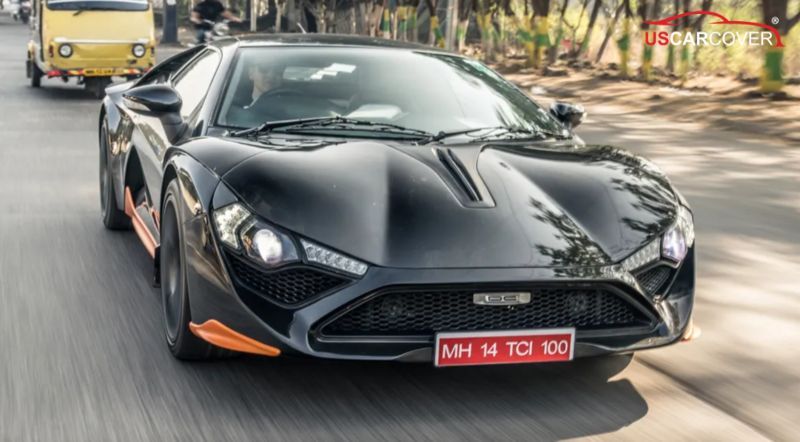
Related Articles: Aston Martin Car Cover - Why Every Aston Marin Owner Needs This Gift
Real world benefits on an Avanti
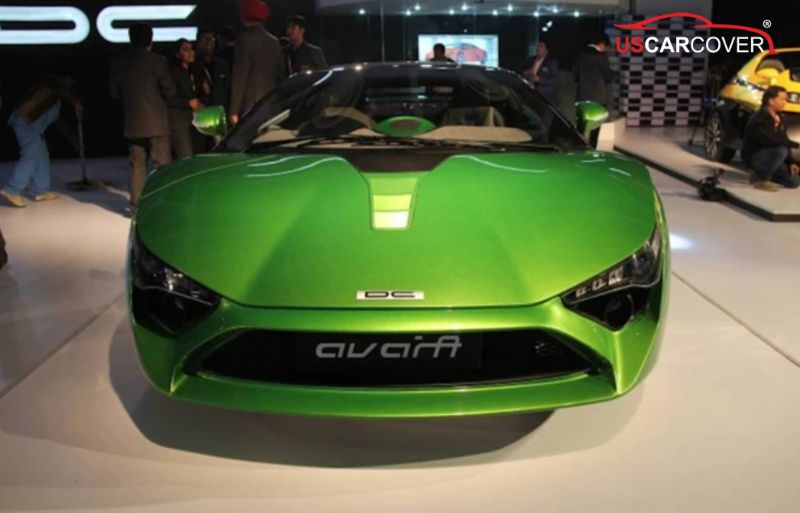
Let us put this to work in a week of normal parking. Day 1, you cover a freshly washed Avanti. With a basic lining, you often see a visible film by day 2 in bright sun, especially on black or red paint. That pushes you toward a quick microfiber wipe, which is exactly when micro marring begins. With an anti static lining, that same car tends to look acceptably clean through day 3 or 4 in similar weather because dust builds more slowly. You stretch the time between touches, and when you do rinse, less bonded dust means less rubbing. In coastal areas the effect is doubled. A slightly drier, cleaner surface means fewer salt crystals forming at trim edges, so a gentle freshwater rinse returns the pop without aggressive scrubbing.
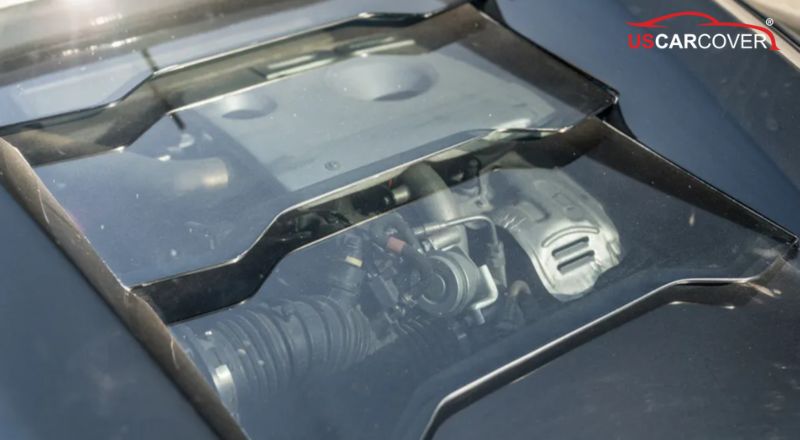
Avanti specifics: fiberglass body and chrome details
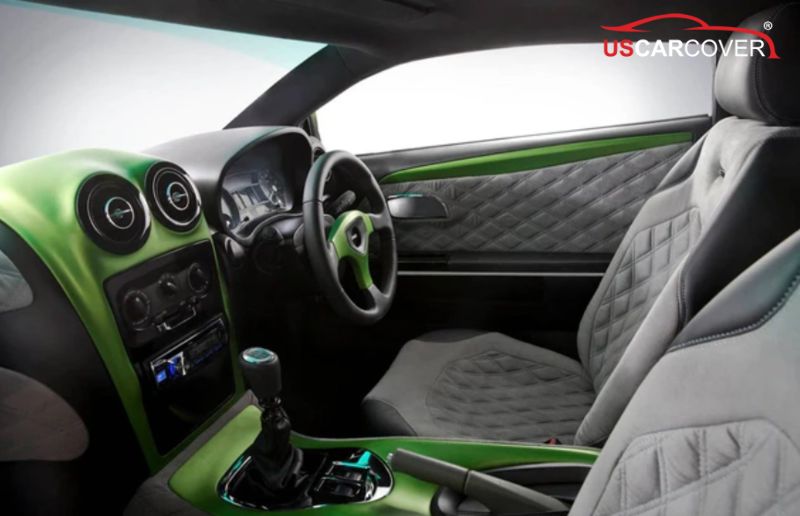
Fiberglass panels hold charge more readily than stamped steel, so the anti static advantage is larger on Avanti than on many metal bodied cars. The gelcoat and paint system can also show micro trails quickly if you dry wipe fine grit. Meanwhile the bright chrome around glass and on emblems pits or hazes when salt dries on it. A super smooth, low friction lining reduces the rubbing needed to install and remove the cover, so you glide over the paint and chrome rather than drag across them. Owners who switch to an anti static lining usually report fewer swirl marks under inspection lights and fewer cloudy fingerprints on chrome after a few weeks of consistent use.
Which cover construction works best for dusty wind and coastal climates
Thickness alone does not predict performance. The best results come from a balanced, breathable, multi layer design:
- Outer shell. Tight weave polyester or solution dyed fabric with strong UV resistance helps slow fading and chalking while resisting light rain. You want water resistance that sheds showers but still lets vapor out. Fully waterproof tarps trap moisture and can cause sweating under the cover.
- Middle layer. A breathable micro membrane or microfiber mat that moves moisture away from the paint so the surface does not stay clammy overnight.
- Inner lining. An anti static, ultra smooth knit that does not shed lint and does not feel prickly. This is the layer that touches your Avanti.
- Details that matter. Double stitched seams with soft binding so edges do not scuff. Elastic hems that seat without biting. Wind straps that run under the car with cam buckles to stop ballooning in gusts. Reinforced grommets if you plan to use a cable lock. Reflective tabs so you can see orientation at night. A storage bag that actually fits so you are not wrestling the cover on and off.
For beach parking, prefer fibers and threads that tolerate salt exposure and repeated gentle washing without losing their anti static properties. If you store outdoors in strong sun, a lighter colored outer shell can keep panel temperatures lower, which also reduces thermal cycling stress on trim and seals.
If you park outdoors or near the ocean, choose an Avanti car cover with anti static lining rather than a standard lining. Less static means less dust, fewer wipes, and fewer chances to mark the finish.
Quick comparison
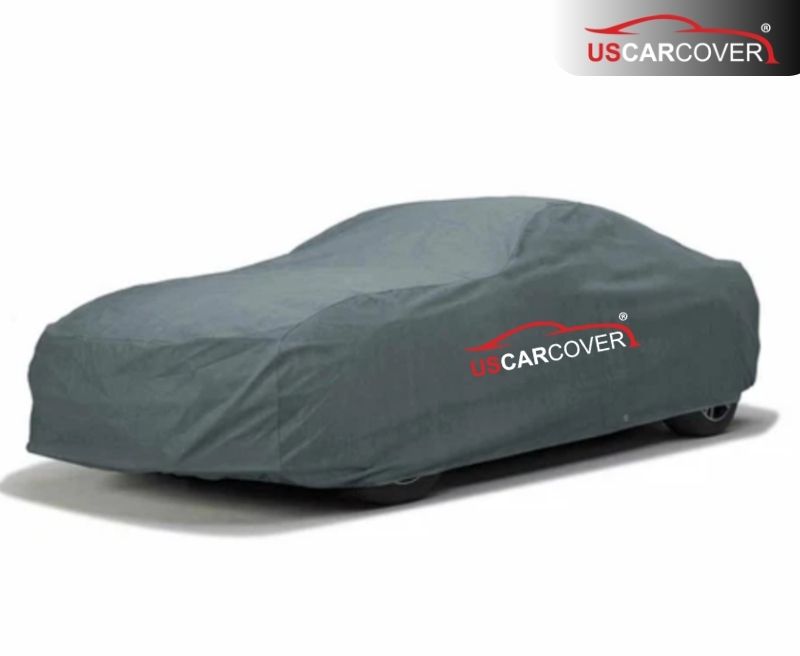
Seeing both choices side by side helps clarify value over time:
- Standard cover with ordinary lining. Faster dust buildup in 24 to 48 hours. More frequent wipes. Higher risk of hairline swirls from dry dust removal. Depth fades faster on dark colors. In wind, a grabby lining can tug the cover and scuff edges.
- Cover with anti static lining. Slower dust accumulation. Longer gaps between touches. Better color depth retention. Lower scratch risk. Smoother on and off, especially helpful in gusty conditions and in salty air.
Consider cost of ownership. Two or three fewer wipe downs per week adds up to dozens of avoided contact events per season. Each avoided contact is one less chance for micro marring. That is how a cover quietly pays for itself in saved detailing time and preserved gloss.
Usage guide to unlock the benefits
A well designed cover still needs the right habits to deliver. Here is a simple routine that works:
- Start with clean and dry paint. If you can see dust, use a pH neutral rinse or a quick contactless rinse aid before covering. Avoid dry wiping.
- Let freshly waxed or coated paint cure per product guidance before first covering. Trapped solvents can imprint under warm covers.
- Install from the roof. Center the cover, seat the front hem under the bumper, then the rear. Only then snug the wind straps. This sequence reduces sliding.
- In wind, hold the cover low and close to the body when moving along the sides so it does not act like a sail.
- Do not drape a hot exhaust tip or sharp accessory with the lining. Let hot parts cool and add soft edge guards where needed.
- Cleaning the cover. Shake out grit before washing. Use mild soap, cold or lukewarm water, and no fabric softener. Air dry fully. Heat can damage coatings and the anti static finish.
- Storage. Fold the cover with the lining facing inward so the clean face stays clean. Store in a breathable bag. If it gets wet, dry it before bagging to avoid mildew odor.
Pro tip. Before folding, lightly pat or very lightly damp wipe the lining with a clean microfiber to knock down any remaining fine dust. That tiny step reduces stored charge and improves the next installation.
FAQ
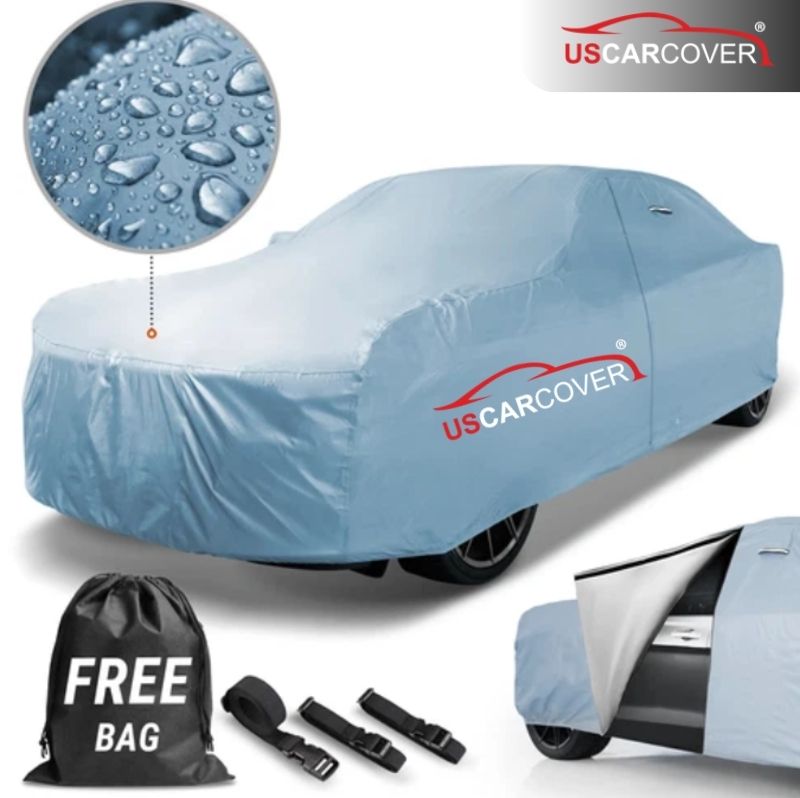
Will an anti static lining scratch paint
- No, provided you install it on a clean, dry surface. The ultra smooth inner face is designed to reduce friction during movement and is safer than coarse linings
At the beach, is a cover enough
- A cover with anti static lining reduces dust and salt film, but it does not replace basic care. Rinse the car with freshwater periodically, especially after windy, salty days, and re treat chrome as needed.
Do I need an anti static spray on the paint
- Not required in most climates. A proper anti static lining already manages charge effectively. Sprays are optional in very dry high altitude conditions.
If your goal is to keep an Avanti glossy longer with less work, target the root cause of everyday haze. Static charge pulls dust to the paint and keeps it there. An Avanti car cover with anti static lining interrupts that cycle. Less static means slower dust buildup, fewer wipes, and fewer chances to mark the finish. Pair the right lining with a breathable UV resistant outer shell, use the simple routine above, and your Avanti will look camera ready each time you lift the cover, whether you park in dusty winds or by the sea. Choose the package that fits your parking environment today so the car you love keeps that day one glow every time the sun hits it.
